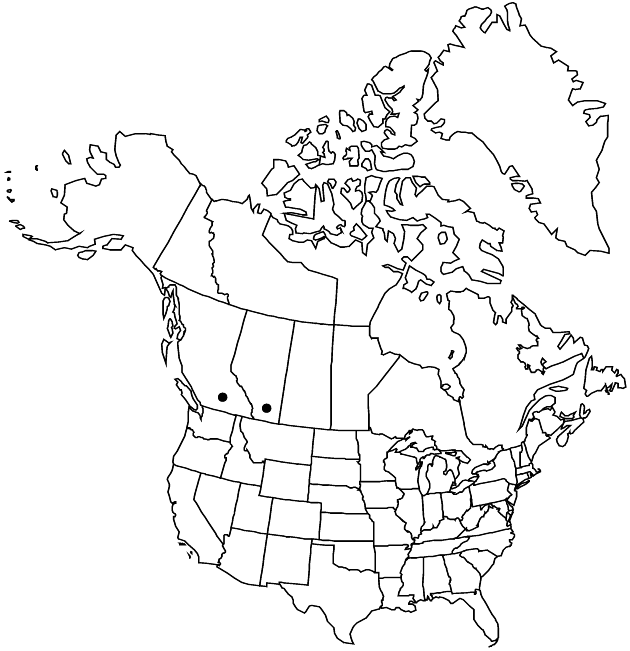Arnica louiseana
Ottawa Naturalist 20: 109. 1906.
Plants 5–20 cm. Stems simple. Leaves 1–3 pairs, mostly cauline (shorter plants often with leaves crowed mostly toward bases); petiolate; blades elliptic, oblong, or ovate-lanceolate, 1.5–7.5 × 0.5–2 cm, margins usually entire, rarely denticulate or slightly undulate, apices usually obtuse, sometimes acute or acuminate, faces glabrous or hispidulous-puberulent, ± densely stipitate-glandular. Heads usually 1, sometimes 2–3 (nodding at flowering). Involucres campanulate-turbinate. Phyllaries 10–20, narrowly lanceolate (stipitate-glandular). Ray florets 7–10; corollas yellow. Disc florets: corollas yellow; anthers yellow. Cypselae brown, 3–5 mm, abaxially glabrous, adaxially sparsely hirsute or glabrous throughout, usually stipitate-glandular toward apices, sometimes densely stipitate-glandular throughout; pappi white, bristles barbellate. 2n = 76, 95.
Phenology: Flowering Jul–Aug.
Habitat: Exposed tundra slopes and calcareous rock slides
Elevation: 1800–2100 m
Discussion
Selected References
None.
